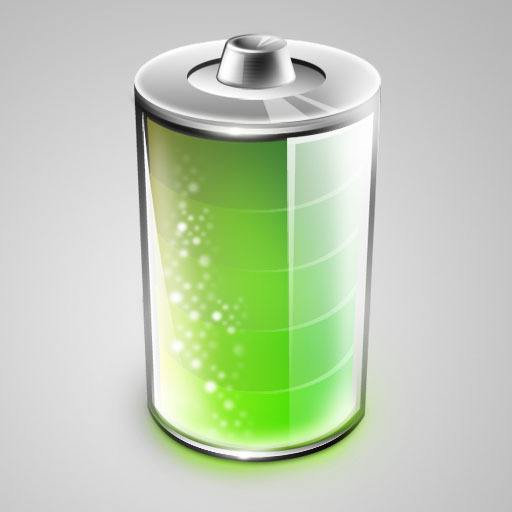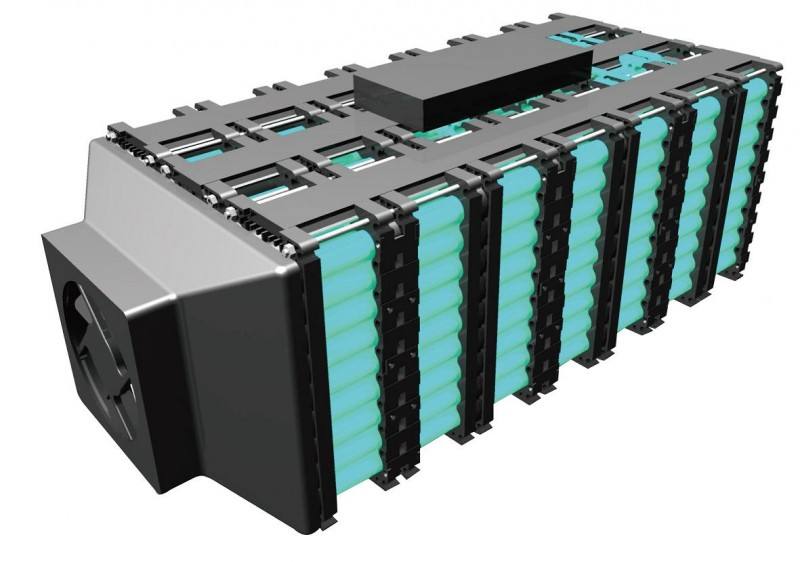How Is Lithium Used In Batteries?
Jun 19, 2019 Pageview:1088
Before moving towards how lithium is used in the batteries, we need to find out what actually lithium is. Maybe most of you will think that it is a very basic and childish thing to explain but as I have seen so many mishaps happening due to unawareness, so I cannot leave my readers remaining unaware of the limitations and precautions of Lithium. Therefore, let me explain first, what is Lithium is. It is an element with atomic number 3 and its physical form is silver metal. Since 1970, right after its discovery, lithium is being used in batteries and helping them to store power for longer periods of time.
Why is lithium used in a battery?
Many people often ask this question, when sodium can be sued to make batteries than why lithium is used instead. Well, the basic answer is that lithium has more advantages of being used as battery compare to sodium and other elements. Some of those advantages are given in the next lines that show why lithium is used in batteries:
· Lithium has more capacity:
Lithium is a chemical with higher capacity to store energy. It means, it keeps the battery charged for longer periods of time. The longer the capacity is, the more power a battery can store and the more power a battery can store, the more it will help devices to work. Sodium chemical drains too fast and hence require battery recharge after every some time.
· Smaller charge and discharge life:
Lithium has two types of ions in it, the negative ones and positive ones. When batteries are charged, the negative ions start to move towards the positive side. The liquids travel so faster in lithium batteries and hence these take less time in getting charge. Once the batteries are detached from the power source and the power is used, it takes less time to drain.
· Lower Self-Discharge:
Self-discharge means a type of liquid keeps on emitting from the batteries because of the chemicals in it. This discharge actually lowers down the quality of battery and we cannot stop this discharge otherwise this liquid can be a cause of battery blasting. However, we can lower it down. So, when lithium is used in batteries its self-discharge is too low.
· Safe and Longer-Life:
Due to lower rate of self-discharge, the battery life of lithium power batteries is longer than other batteries. It means you will not have to buy new batteries every now and then to use. These batteries are no doubt very expensive but due to longer life, you need to replace them after many years. This longer life compensates the huge price.
· Lithium Reserves are huge:
All with this, Lithium Reserves are available on earth in huge amount. According to scientific searches, these reserves will last for next 365 years. It means you can use lithium batteries without the worries of being diminished from earth. It means, we have enough reserves of lithium for further experimentation and till we find more reserves for our future generations.
How much lithium is in a battery?
The amount of lithium used in one battery is actually based on the battery capacity and the size of a battery. A simple battery with lithium in it can produce around 1.5 volts to 3.7 volts of voltage in a battery. However, the number of volts can be increased by increasing the amount of lithium in a battery.
So, if you want to configure the amount of lithium in a battery you will have to look at its size and its power. Keep in mind one cell of lithium can produce 1.5 volts to 3.7 volts. Now, check how many cells have used a battery and find out the amount of lithium used in a battery.
Moreover, the amount of lithium decides the capacity of a battery. Small batteries of cellphones and laptops use lower amounts of lithium cells. On the other hand, the batteries used in UPS and other home appliances which are huge have more amounts of lithium in it.
How is lithium used in batteries?
A battery is generally made out of a progression of cells that produce power. Every cell has three basic segments: the anode, the cathode, and the electrolyte. At the point when the anode and cathode are associated by an electrical conveyor like a wire, electrons stream from the anode through the wire to the cathode, making an electrical flow, while the electrolyte conducts positive flow as positive particles or alerts.
The materials utilized for every one of these parts decides the battery's attributes, including its ability—or aggregate sum of vitality it can convey—and its voltage—or the measure of vitality per electron. Envision that a battery resembles a tank of water being depleted by a hose. The volume of the tank is the limit of the battery, and the weight in the hose is its voltage.
Lithium is the lightest everything being equal, has the best electro-concoction potential and gives the biggest explicit vitality per weight. Battery-powered batteries with lithium metal on the anode could give phenomenally high vitality densities; be that as it may, it was found in the mid-1980s that cycling created undesirable dendrites on the anode.
These development particles enter the separator and cause an electrical short. The phone temperature would rise rapidly and approach the softening purpose of lithium, causing warm out of control, otherwise called "venting with fire." countless battery-powered metallic lithium batteries sent to Japan were reviewed in 1991 after a battery in a cell phone discharged blazing gases and perpetrated copies to a man's face.
The main thing behind lithium batteries that are known is the highest capacity of cell-voltage that's huge than any other material used in batteries. There is no doubt that improvements are required to make lithium ion batteries. Still, if we compare lithium ion batteries with others, we find that lithium ion batteries are way more amazing than the other common batteries.
Hopefully, the article would have been helpful to configure How Is Lithium Used in Batteries.
- Prev Article: Lithium-ion battery structure
- Next Article: How to charge 18650 battery without charger?
Leave Message
Hottest Categories
-
Hottest Industry News
-
Latest Industry News











